Porsche 2011 Annual Report Download - page 167
Download and view the complete annual report
Please find page 167 of the 2011 Porsche annual report below. You can navigate through the pages in the report by either clicking on the pages listed below, or by using the keyword search tool below to find specific information within the annual report.-
 1
1 -
 2
2 -
 3
3 -
 4
4 -
 5
5 -
 6
6 -
 7
7 -
 8
8 -
 9
9 -
 10
10 -
 11
11 -
 12
12 -
 13
13 -
 14
14 -
 15
15 -
 16
16 -
 17
17 -
 18
18 -
 19
19 -
 20
20 -
 21
21 -
 22
22 -
 23
23 -
 24
24 -
 25
25 -
 26
26 -
 27
27 -
 28
28 -
 29
29 -
 30
30 -
 31
31 -
 32
32 -
 33
33 -
 34
34 -
 35
35 -
 36
36 -
 37
37 -
 38
38 -
 39
39 -
 40
40 -
 41
41 -
 42
42 -
 43
43 -
 44
44 -
 45
45 -
 46
46 -
 47
47 -
 48
48 -
 49
49 -
 50
50 -
 51
51 -
 52
52 -
 53
53 -
 54
54 -
 55
55 -
 56
56 -
 57
57 -
 58
58 -
 59
59 -
 60
60 -
 61
61 -
 62
62 -
 63
63 -
 64
64 -
 65
65 -
 66
66 -
 67
67 -
 68
68 -
 69
69 -
 70
70 -
 71
71 -
 72
72 -
 73
73 -
 74
74 -
 75
75 -
 76
76 -
 77
77 -
 78
78 -
 79
79 -
 80
80 -
 81
81 -
 82
82 -
 83
83 -
 84
84 -
 85
85 -
 86
86 -
 87
87 -
 88
88 -
 89
89 -
 90
90 -
 91
91 -
 92
92 -
 93
93 -
 94
94 -
 95
95 -
 96
96 -
 97
97 -
 98
98 -
 99
99 -
 100
100 -
 101
101 -
 102
102 -
 103
103 -
 104
104 -
 105
105 -
 106
106 -
 107
107 -
 108
108 -
 109
109 -
 110
110 -
 111
111 -
 112
112 -
 113
113 -
 114
114 -
 115
115 -
 116
116 -
 117
117 -
 118
118 -
 119
119 -
 120
120 -
 121
121 -
 122
122 -
 123
123 -
 124
124 -
 125
125 -
 126
126 -
 127
127 -
 128
128 -
 129
129 -
 130
130 -
 131
131 -
 132
132 -
 133
133 -
 134
134 -
 135
135 -
 136
136 -
 137
137 -
 138
138 -
 139
139 -
 140
140 -
 141
141 -
 142
142 -
 143
143 -
 144
144 -
 145
145 -
 146
146 -
 147
147 -
 148
148 -
 149
149 -
 150
150 -
 151
151 -
 152
152 -
 153
153 -
 154
154 -
 155
155 -
 156
156 -
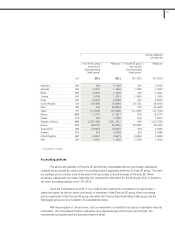 157
157 -
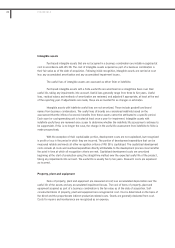 158
158 -
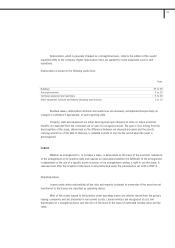 159
159 -
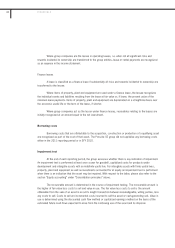 160
160 -
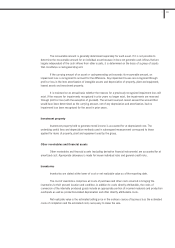 161
161 -
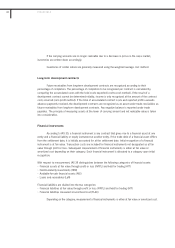 162
162 -
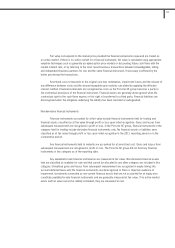 163
163 -
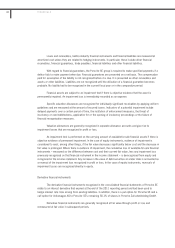 164
164 -
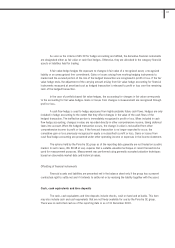 165
165 -
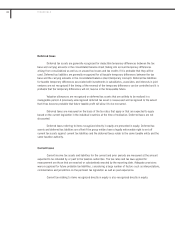 166
166 -
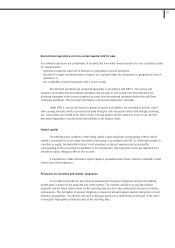 167
167 -
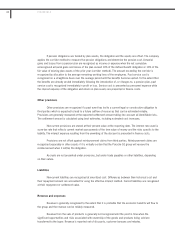 168
168 -
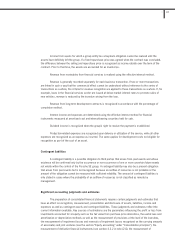 169
169 -
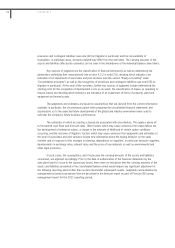 170
170 -
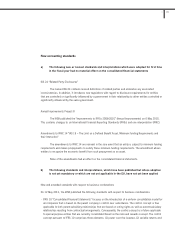 171
171 -
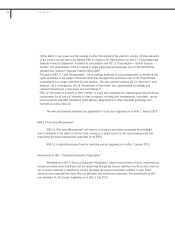 172
172 -
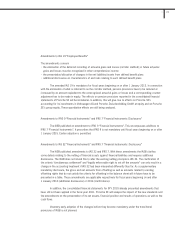 173
173 -
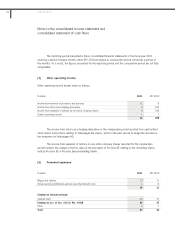 174
174 -
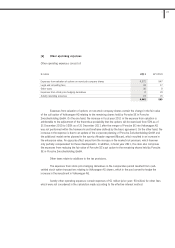 175
175 -
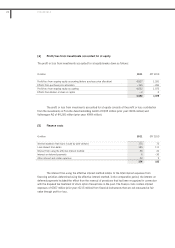 176
176 -
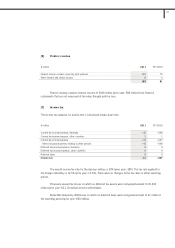 177
177 -
 178
178 -
 179
179 -
 180
180 -
 181
181 -
 182
182 -
 183
183 -
 184
184 -
 185
185 -
 186
186 -
 187
187 -
 188
188 -
 189
189 -
 190
190 -
 191
191 -
 192
192 -
 193
193 -
 194
194 -
 195
195 -
 196
196 -
 197
197 -
 198
198 -
 199
199 -
 200
200 -
 201
201 -
 202
202 -
 203
203 -
 204
204 -
 205
205 -
 206
206 -
 207
207 -
 208
208 -
 209
209 -
 210
210 -
 211
211 -
 212
212 -
 213
213 -
 214
214 -
 215
215 -
 216
216 -
 217
217 -
 218
218 -
 219
219 -
 220
220 -
 221
221 -
 222
222 -
 223
223 -
 224
224 -
 225
225 -
 226
226 -
 227
227 -
 228
228 -
 229
229 -
 230
230 -
 231
231 -
 232
232 -
 233
233 -
 234
234 -
 235
235 -
 236
236 -
 237
237 -
 238
238 -
 239
239 -
 240
240
 |
 |

Discontinued operations and non-current assets held for sale
Discontinued operations are components of an entity that have either been disposed of or are classified as held
for sale and which
· represent a separate major line of business or geographical area of operations,
· are part of a single coordinated plan to dispose of a separate major line of business or geographical area of
operations, or
· are a subsidiary acquired exclusively with a view to resale.
Discontinued operations are presented separately in accordance with IFRS 5. The income and
expenses associated with discontinued operations and any gain or loss arising from discontinuation are
disclosed separately in the income statement as profit from discontinued operations below the profit from
continuing operations. The prior-year information in the income statement is restated.
Under IFRS 5, non-current assets or groups of assets and liabilities are classified as held for sale if
their carrying amounts will be recovered principally through a sale transaction rather than through continuing
use. Such assets are carried at the lower of their carrying amount and fair value less costs to sell, and are
presented separately in current assets and liabilities in the balance sheet.
Hybrid capital
Provided the bond conditions of the hybrid capital issued satisfy the corresponding criteria, hybrid
capital is accounted for as an equity instrument of the group in accordance with IAS 32. If the hybrid capital is
classified as equity, the deductible interest is not presented as interest expenses but accounted for
corresponding to the accounting for dividends to the shareholders. Any transaction costs are deducted from
the hybrid capital, taking tax effects into account.
If classified as a debt instrument, hybrid capital is presented under bonds. Interest is included in other
interest and similar expenses.
Provisions for pensions and similar obligations
In accordance with IAS 19, the actuarial measurement of pension obligations arising from defined
benefit plans is based on the projected unit credit method. This method considers not only the pension
payments and the future claims known on the reporting date but also future anticipated increases in salaries
and pensions. The calculation of pension obligations is based on actuarial expert opinions taking into account
biometric assumptions. The interest rate used to discount provisions is determined on the basis of the return
on long-term high-quality corporate bonds at the reporting date.
167
3
